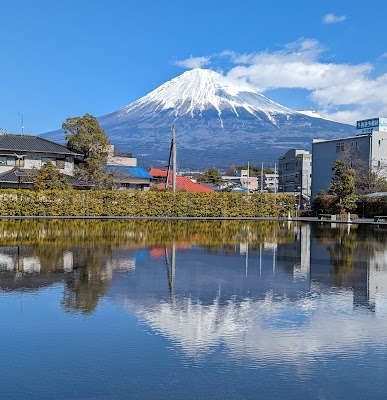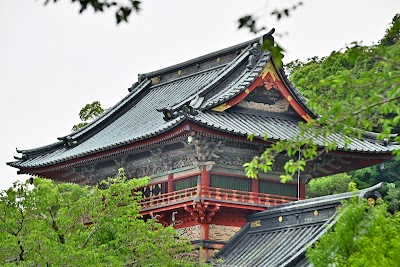Mount Fuji (富士山)
Overview
Introduction to Mount Fuji
Mount Fuji, known as 富士山 (Fuji-san) in Japanese, is an iconic symbol of Japan and one of the country’s most recognizable landmarks. Located on Honshu, the main island of Japan, and straddling the borders of Shizuoka and Yamanashi Prefectures, this majestic stratovolcano stands at an impressive height of 3,776 meters (12,389 feet), making it the tallest mountain in Japan. Its near-perfect conical shape has inspired countless paintings, poems, and photographs, embodying the essence of Japanese beauty and spirituality.
As a UNESCO World Heritage Site, Mount Fuji is not just a mountain; it is a cultural icon deeply embedded in Japanese history and folklore. The mountain is surrounded by stunning landscapes, including lakes, forests, and hot springs, providing visitors with a plethora of natural beauty to explore. The best time to visit is during the climbing season, typically from early July to early September, when the trails are open and accessible to the public.
Climbing Mount Fuji
For adventurous travelers, climbing Mount Fuji is an unforgettable experience. There are four primary trails to the summit: the Yoshida Trail, Subashiri Trail, Gotemba Trail, and Fujinomiya Trail. Each trail offers different levels of difficulty and unique views. The Yoshida Trail is the most popular, featuring various mountain huts for rest and refreshments along the way.
The climb is typically done overnight to catch the breathtaking sunrise from the summit, a phenomenon known as “Goraiko.” As you ascend, you’ll encounter diverse landscapes ranging from lush green forests at the base to rocky terrain near the top. The air becomes thinner, and the temperature drops, so it is essential to come prepared with proper gear, warm clothing, and plenty of water.
Scenic Views and Photography
Even for those who may not want to climb to the summit, Mount Fuji offers stunning views from various vantage points. The area around the mountain is dotted with parks and lakes, such as Lake Kawaguchi and Lake Yamanaka, which provide perfect backdrops for photography. The sight of Mount Fuji reflecting off the calm waters of these lakes is a must-see, especially during cherry blossom season in spring or when the autumn leaves change color.
Additionally, the Fuji Five Lakes region, which includes Lake Kawaguchi, Lake Saiko, Lake Shoji, Lake Motosu, and Lake Yamanaka, is a fantastic place for outdoor activities such as boating, cycling, and hiking. Many visitors also enjoy hot springs (onsen) in the area, providing a relaxing way to unwind while taking in the views of the mountain.
Cultural Significance
Mount Fuji holds profound cultural significance in Japan. It has been a pilgrimage site for centuries, with many Shinto shrines and Buddhist temples located in its foothills. The Fujisan Hongu Sengen Taisha Shrine, situated at the base of the mountain, is dedicated to the deity of Mount Fuji and serves as a traditional starting point for climbers.
The mountain is also a central subject in Japanese art, famously featured in the woodblock prints of the Edo period, particularly those by Katsushika Hokusai and Utagawa Hiroshige. Their works capture Mount Fuji in various seasons and moods, reflecting its changing beauty. As you explore the area, you may find local artisans selling crafts and souvenirs inspired by this majestic peak.
Conclusion
A visit to Mount Fuji offers not just breathtaking scenery but also a deep dive into the cultural and spiritual heart of Japan. Whether you are an avid climber seeking a challenge, a photographer in search of the perfect shot, or a traveler eager to experience Japanese heritage, Mount Fuji promises an unforgettable adventure. Remember to check the local weather conditions and trail information before you go, and prepare to be enchanted by one of the world’s most beautiful mountains.





